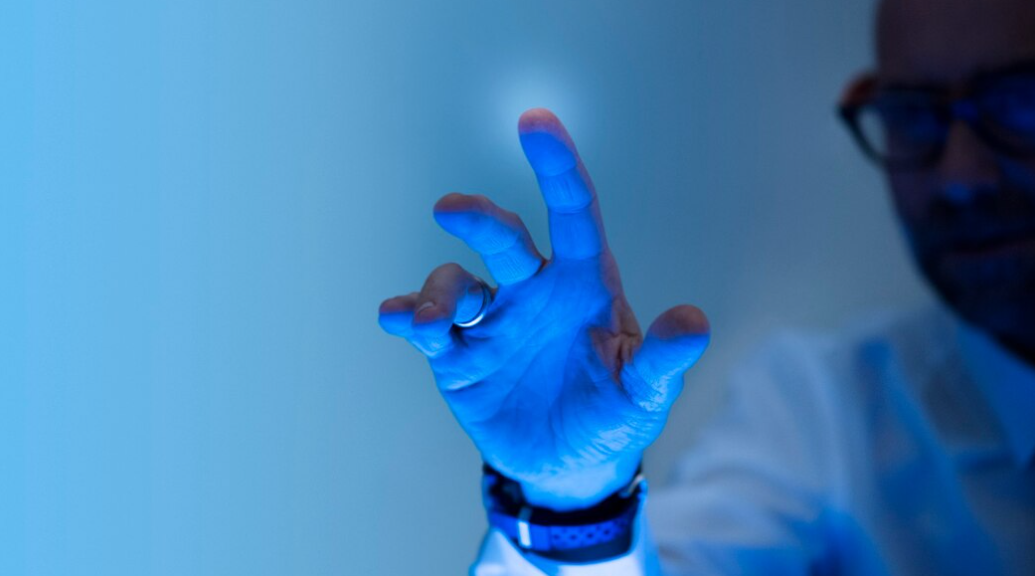Over the last several years, the globe has seen tremendous advancements in technology meant to overcome obstacles to interaction. Among these developments, advancements in sign language communication shine out as a symbol of inclusion and independence for the vast majority of people who are deaf or hard of hearing. The most recent advancements in this subject are discussed in depth in this article, along with how these advancements are transforming communication for millions of people worldwide.
A Comprehension of the Urgent Requirement for More Sophisticated Signaling Systems
More than seventy million deaf individuals across the globe rely on gestures as their primary means of interaction. Signalling is an advanced system comprising hand movements and emotions displayed on the face. On the other hand, contact between those who utilize singling and individuals with it has always been a significant difficulty. It hinders social connections and restricts access to educational possibilities, medical treatment, and work chances. To bridge this gap, contemporary technology is a revolutionary instrument that promotes inclusiveness and eliminates obstacles to connection.
Transcription of Signaling by Artificial Ways
The invention of automatic gesture recognition is one of the most fascinating advancements in this area of scientific study. This sort of technology accomplishes the interpretation of gesture motions via artificial intelligence (AI) and algorithms for machine learning. SLR systems use webcams or sensors that detect motion to translate the motions and forms made by the hands, body, and face in real time. These systems then translate these gestures and shapes into language that is either written or spoken. This new development has the potential to revolutionize how the Deaf participate in daily encounters, ranging from simple talks to intricate corporate commitments.
Utilizing Haptic Technology
A fresh perspective is introduced to gesture interaction by haptic technology. Bright mittens and bracelets detect and convert hand motions into sensations and sensory input. Even without acquiring sign language, this enables deaf individuals to “experience” its subtleties. This promotes enhanced comprehension and bonds between those who are deaf and those who are hearing.
Software Applications for the Translation of Sign Language
The proliferation of mobile apps has significantly aided in increasing accessibility to sign communication. These applications use artificial intelligence to convert spoken English and literature into gestures, which are then exhibited via animated avatars or video tutorials. This equipment not only helps individuals who are deaf comprehend spoken language but also assists those who are learning sign language, fostering inclusiveness and comprehension.
Augmented Reality and Gaming
The purpose of gaming is not limited to providing enjoyment; it is also an effective medium for education and participation. Developers are incorporating sign language into video games and augmented and virtual reality. Imagine a game where players acquire American Sign Language skills while exploring a virtual environment. Alternatively, imagine a virtual reality setting in which listening and deaf gamers can converse with one another using signing avatars. Understanding is made more enjoyable and participatory thanks to these technologies.
The Application of Mobile Devices to Improve Interaction
A further milestone in innovation is the advancement of electronic devices, which include wrist straps and programmable coverings. To convert hand signals and motions into text or voice, these gadgets are outfitted with sensors that monitor and record the movement of the hands. These wearable technologies allow interaction that is both frictionless and handy, making them perfect for daily encounters.
Voice-activated assistants and intelligent buildings
Alexa, which Amazon offers, and Google Assistant are examples of voice assistants that have become increasingly accessible. Academics are currently developing ASL-compatible speech instructions. Consider employing a signing to control the equipment in your automated home. The illumination could be turned off, the temperature could be adjusted, or your preferred music might be played with only an easy gesture. Accessibility is also included in these advancements.
The emoticons and Social Networking Platforms
The emoticons are considered ubiquitous since they are not limited by language. Researchers are now developing emoticons based on gestures to help electronic interactions express themselves better. Imagine being able to send an emoji of a thumbs up in an American gesture or convey amusement with a virtual grin. These technological advances honor variety and foster an awareness of other cultures.
The influence on both job prospects and schooling
The technological improvements in the signing field have significant repercussions from both learning and working perspectives. Using these tools in educational institutions enables learners who are deaf or hard of speech to have improved access to knowledge, which helps create a more inclusive learning environment. These developments have the potential to assist in overcoming obstacles to communication in job settings, allowing deaf workers to engage autonomously for more extended periods.
Improving the Diversity of the Classroom
Technology like SLR can immediately translate courses and debates in educational environments. This enables deaf students to engage more fully in regular classes. Furthermore, this not only helps the students who need these accommodations but also helps to create a more varied and inclusive educational atmosphere.
The Facilitation of Inclusion in the Workplace
Within the realm of professional endeavours, these technology solutions have the potential to play a significant role in removing obstacles to communication. Gestures can empower deaf workers, allowing them to engage more efficiently and autonomously in various settings, including conferences and customer encounters.
Conclusion
The domain of signing gadgets is progressing swiftly, providing the Deaf and hard-of-hearing communities with novel pathways to strength and collaboration. Prominent advancements such as wearable devices and automated recognition systems are dismantling established obstacles. However, pursuing equitable and seamless communication remains a continuous endeavour that necessitates concerted cooperation and effort. With each passing day, the possibilities of signing communication expand, offering the assurance of a global community where individuals can freely communicate and establish connections, irrespective of linguistic obstacles. At Languages Unlimited, innovations have been introduced in sign language to cater to customers with top-notch technological advancements. So it can be accessible to everyone in the world.

